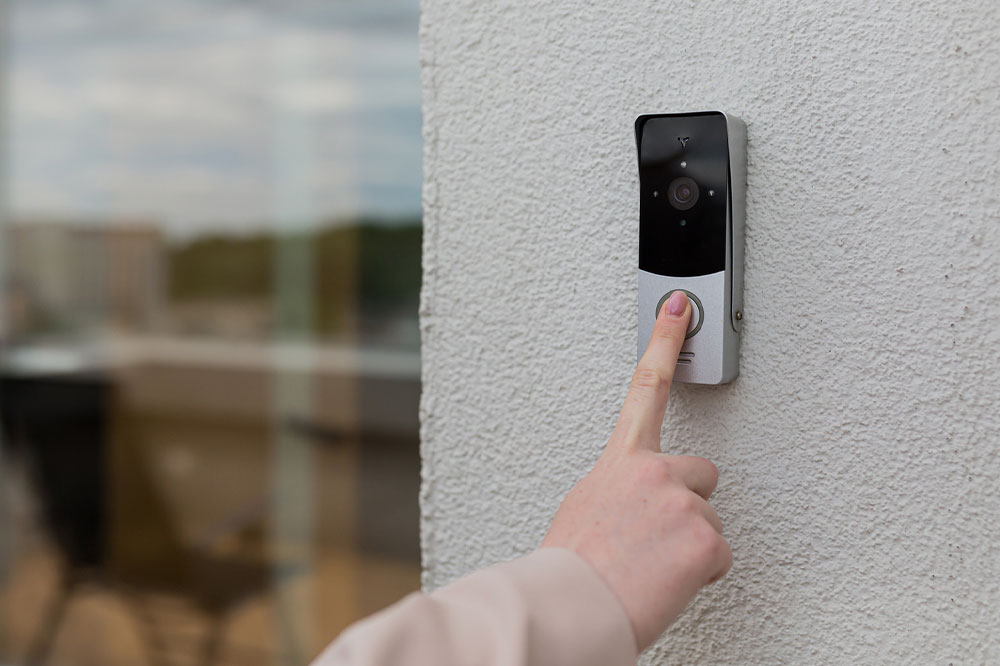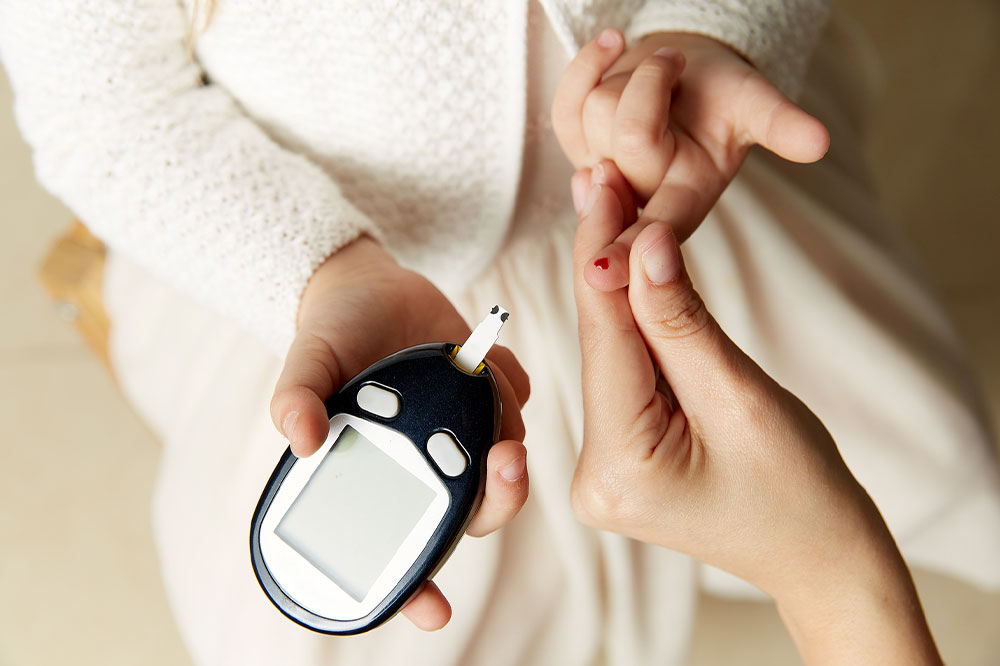11 things to know about telehealth providers

Telehealth refers to the use of electronic information and telecommunications technologies to extend care when patients and healthcare professionals are not in the same place at the same time. The technologies utilized for telehealth services include video conferencing, streaming media, store-and-forward imaging, and terrestrial and wireless communications. For those who are fairly new to this type of healthcare distribution, here are things to know about telehealth services before signing up with a provider:
Is a safe option
One of the biggest concerns with digital platforms is safety. For those wondering if communicating with a telehealth provider is safe, the answer is yes. Here, one meets an expert through video calls via an electronic device such as a tablet, computer, or smartphone. The provider is also required to comply with the same government requirements to protect patient privacy and confidentiality that are applicable for in-person visits.
Offers various types of services
One might be eligible for various types of services when they sign up with a telehealth provider. They could get access to lab tests or X-rays, care for health concerns including skin conditions, post-surgical follow-ups, and mental health care, including online therapy, counseling, and prescription treatment. Telehealth also offers remote monitoring services to help track health goals and manage chronic conditions such as diabetes, high blood pressure, and high cholesterol. One should also note that it might not be possible to access all types of treatment options remotely. They may still have to visit the doctor’s office for services like diagnostic tests that call for an in-person examination.
Accepts insurance coverage
While this is still a work in progress, there are various insurance companies that have started to cover the cost of telehealth visits. However, some services here might not be fully covered and may result in out-of-pocket costs. So, one should contact their insurance company and telehealth provider to understand which services are covered.
Offers convenience
As the platform here is digital, one no longer has to drive to the doctor’s place of practice, park their vehicle, walk, or sit in a waiting room when they are sick. They can see the doctor from the comfort of the home. Virtual visits are also easier to fit into busy schedules. Moreover, if one is at work, they will not have to take time off to see the doctor. Further, those who care for children at home can set up an appointment with a telehealth provider without arranging for child care, making this a convenient way to seek healthcare.
Limits exposure to diseases
The virtual doctor visits help the professional asses if one has an infectious disease. The process also helps one learn about their condition and avoid coming to the office. So, the electronic medium allows for pre screening for infectious diseases, based on which, the doctor could prevent its spread by asking one to stay indoors until they recover. The reduced exposure to germs helps everyone stay safe, including those who are chronically ill, pregnant, immunocompromised, or elderly.
Helps with assessment
With the help of telehealth services, specialty practitioners gain an advantage because they can see the home environment with their consent. A typical example is an allergist who could identify clues in the concerned person’s surroundings that may trigger allergic reactions. Alternatively, a neurologist could observe and assess the patient’s ability to navigate and take care of themselves at home. Signing up with telehealth provider is also a great way to seek mental health assessments and counseling from the comfort of home.
Provides easier access to primary care
Frequent visits with primary care practitioners, including those who specialize in family healthcare, are necessary to maintain the health of each family member. With the help of a telehealth provider, instead of each member making the visit individually, one could connect with the doctor or nurse practitioner over a video call right from their home. Some telehealth providers may allow new patients to get an appointment with the next available practitioner, which could save time. Even if family members are part of different households, experts could set up a conference call to ensure everyone is on the same page where a diagnosis of one member is concerned.
Provides access to prescription treatment
Earlier, one would have to make a visit to the healthcare provider’s place of practice to get treatment options prescribed or refilled. However, with telehealth services, doctors are able to electronically prescribe or authroize refilling of the prescriptions. However, one should reach out to the provider to understand if there certain restrictions to seeking prescription treatment virtually.
Offers urgent, primary, and specialty care
Just like a visit to a healthcare facility, telehealth providers offer multiple services for primary, urgent, and specialty care. A few conditions requiring such care include arthritis, asthma, allergies, colds/flu, headaches, insect bites, and pink eye. They may also be able to offer urgent care and treatment instructions to prevent worsening other conditions such as sore throats, sports and other physical injuries, and urinary tract infections.
Does not replace emergency care
While telehealth services are useful for a range of health-related requirements, they are not a replacement for emergency care. If one is dealing with a severe health complication, they will require immediate, in-person medical attention. So, one may have to go to the nearest emergency room or call 911 if they suspect a life-threatening injury, illness, or major trauma.
Provides real-time healthcare information
Those who sign up with a telehealth provider might be eligible to receive vital information to manage their health at home. These include notifications or reminders to indulge in rehabilitation exercises or take prescriptions, and suggestions on how to improve meal regimes, mobility, or manage stress. Experts may also be able to share real-time information on how one could continue their care at home, and also encourage one to stick to their treatment plan.







